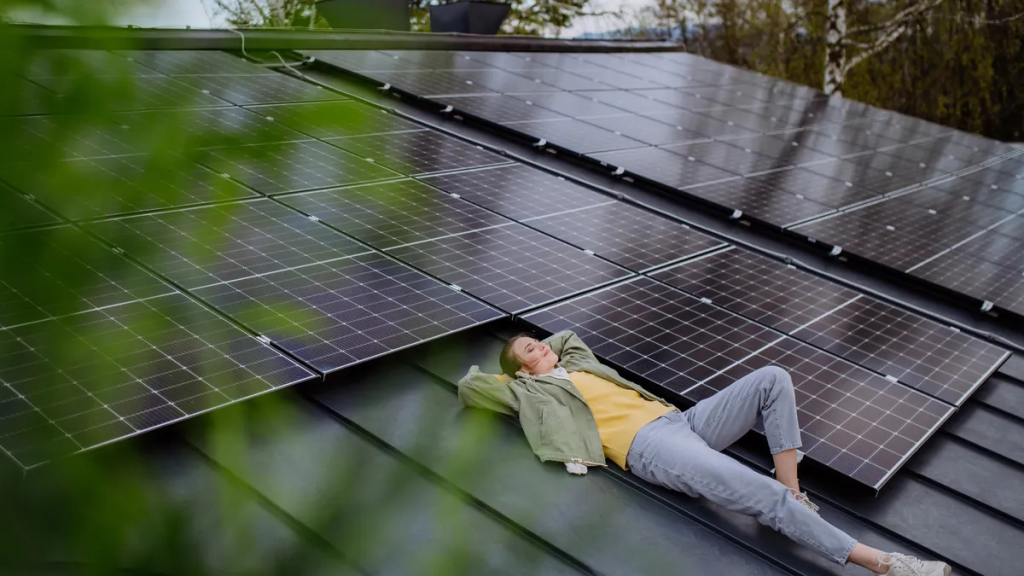Going off-grid sounds exciting. No more power bills, no wires, no worries about blackouts. Just you, your solar panel, and your portable power station. But here’s the truth: if you don’t plan your power needs, you will run out of battery faster than you think.
Many people make the mistake of buying a solar panel and power station without doing any math. They expect the sun to keep everything running all day and night. But to go off-grid, you need to know how much power you use, how much power your power station can hold, and how much your solar panels can recharge. Let’s do the math, step by step.
Step 1: Know What You Need to Power
The first step is to figure out what devices you want to use when you’re off-grid. Camping trip? Living in a van? Your answer will change the kind of setup you need. Make a list of items you plan to power: laptop, phone charger, small light, portable fan, etc.
These may seem small, but when used together, they add up quickly and can drain your battery faster than expected.
Step 2: Find Out How Much Power Each Item Uses
Now you need to check how many watts each device uses. You can find this number on the device label or in the user manual. If it doesn’t show watts directly, it might show volts and amps. You can simply multiply volts * amps to get watts. Most modern devices also have this information available online if you search for the model specifications.
Step 3: Calculate Your Daily Energy Use
Now let’s do some basic daily-use math. The formula is Watt-hours (Wh) = watts * hours of use.
Let’s say you have the following devices:
Laptop: 60W * 4 hrs = 240Wh
Phone Charger: 10W * 3 hrs = 30Wh
Fan: 40W * 5 hrs = 200Wh
Light: 10W * 6 hrs = 60Wh
Mini Fridge: 80W * 12 hrs = 960 Wh
Add it all up: 240+30+200+60+960 =1490 watt-hours per day.
That means you will need about 1490Wh of energy each day to stay off-grid comfortably.
Step 4: Pick a Power Station That Matches Your Needs
If your power station holds only 500Wh and you’re using 1,490Wh, you will run out in less than one day. That is why choosing the right battery size matters significantly.
To stay off-grid for one day without recharging, you’d need a 1,490Wh power station. If you want to go for two days, you would need at least 3,000Wh, or you will need to recharge using solar during the day. Also, remember that you never want to drain your battery fully. It is safer to use only 80 to 90% of the full battery capacity to extend battery life.
Step 5: Don’t Overtrust Solar – Do the Recharge Math Too
If you plan to stay off-grid, you will want to recharge your power station each day with solar power. But here’s where people go wrong: they think a 200W panel gives them 200W all day. It does not work that way in reality.
Solar panels only give full power under perfect sunlight conditions, and that is usually for a few hours only. The rest of the time, they work at lower power or not at all. According to the National Renewable Energy Laboratory, solar panels typically receive 4 to 6 hours of peak sunlight per day, depending on geographic location and seasonal variations.
The solar panel size needs to match not just your battery capacity, but also your daily energy consumption and the available sunlight in your specific location.
Step 6: Plan for the Worst-Case Scenarios
Always expect less power than you think you’ll get. Clouds, shade, panel angle, and even dust can significantly lower solar output. Your devices might use more power than expected, or maybe you will want to charge a second phone or use a fan longer than planned.
That’s why good off-grid setups always have extra capacity built in. Try to build in a buffer:
- Battery size should be 20-30% more than your expected use.
- Solar input should be more watts than you need on paper.
- Turn off things when not in use, use energy-saving modes, and charge devices during sunlight hours.
Additional Considerations for Long-Term Success
Weather patterns in your area play a crucial role in solar performance. Rainy seasons, winter months, and geographical location all affect how much power you can generate. Keep a backup charging method available, such as a car charger or portable generator, for extended periods of poor weather. Monitor your system’s performance regularly and adjust your usage habits based on real-world results rather than theoretical calculations.
Conclusion
Going off-grid with the solar power station is totally possible, but only if you do the basic math first. Just list what you need to power and how long you will use each device, then match that to your battery and solar setup. With a little planning and real numbers, you can build a smart, simple system that works for your specific needs, whether it is a weekend camping trip or daily off-grid living.

